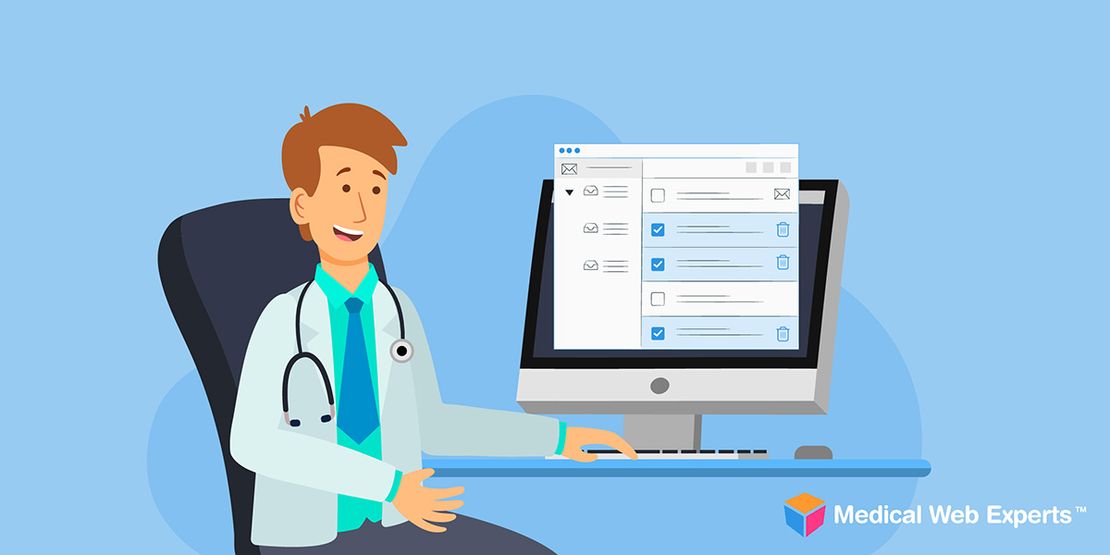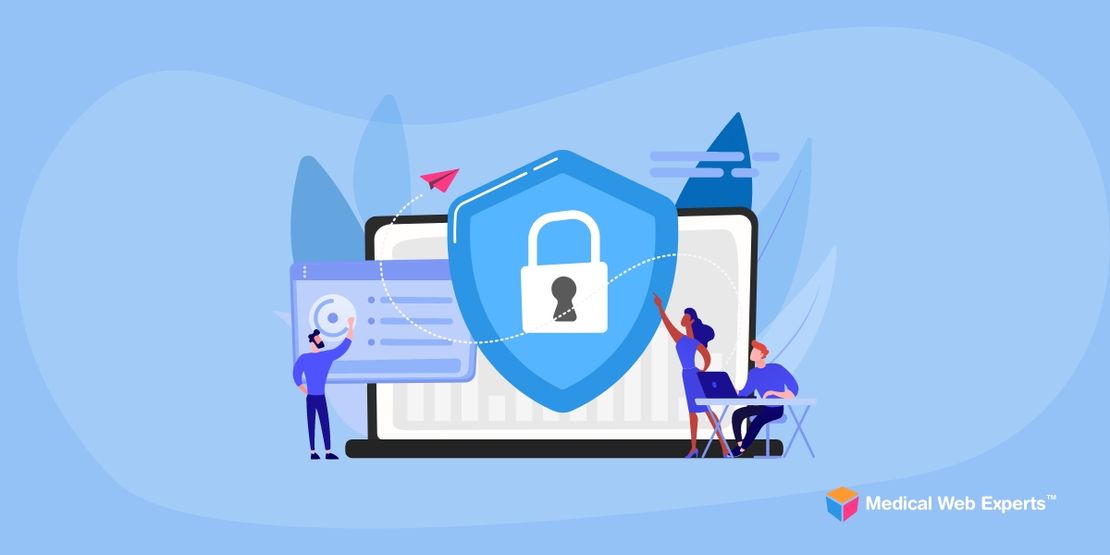With demand for online access to medical records on the rise among web- and health-savvy patients, leveraging technology like patient portals and electronic medical records can help healthcare organizations with patient acquisition and engagement, as well as meeting MACRA thresholds for better coordinated, higher quality care.
In order for patients to take advantage of the online tools you offer, a well-developed messaging strategy is essential. Your patient-targeted messaging should answer questions like:
“What is an EMR?”
“How are my EMR and my patient portal related?”
“How do the EMR and patient portal benefit me as a patient?”
Helping your patients to better understand how the EMR and patient portal work and interact, and how they can take advantage of these healthcare technologies, will help to maximize their utility.
Patient: “What is an EMR?”
EMR – short for electronic medical record – is a way to store patient information like medical histories, test results, and medications electronically. Replacing the paper medical record, the EMR makes patient health information easy to read and analyze, and allows patient data to be transferred easily to another department or healthcare organization.
Patient: “How are my EMR and my patient portal related?”
Providers use scanners and voice readers to transfer or enter all patient medical histories, visit records, and treatment plans into the provider-side EMR interface. The sum of this data for each patient constitutes his or her electronic medical record, or EMR.
The patient portal provides patient-side access to the EMR. Depending on the patient engagement solutions – such as test results, medications, and care plans – the patient can access portions of his or her EMR through a highly user-friendly, intuitive portal interface. The HIPAA law (Health Insurance Portability and Accountability Act) stipulates that the patient also has the right to request and receive the full EMR upon request.
[related_content]
Patient: “How do the EMR and patient portal benefit me as a patient?”
The EMR significantly improves the provider’s ability to coordinate care, ensuring that all medical team members have access to the information they need to make optimal treatment decisions – across shift changes and patient transfers. Meanwhile, the patient portal allows patients to be more engaged in their health by allowing them to view care plans, make appointments, request prescription refills, and even securely message physicians.
Editor’s Note: This post was originally published in June 2011, and has been updated to reflect current policy and health IT trends.



